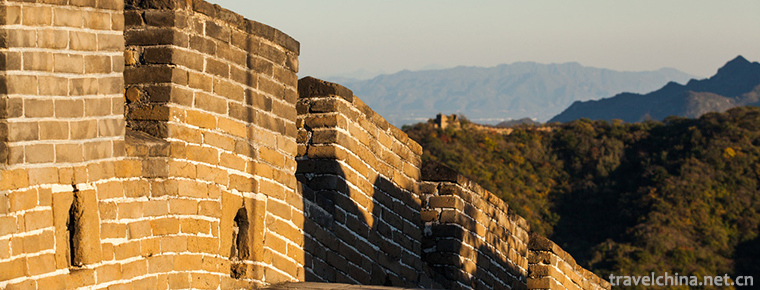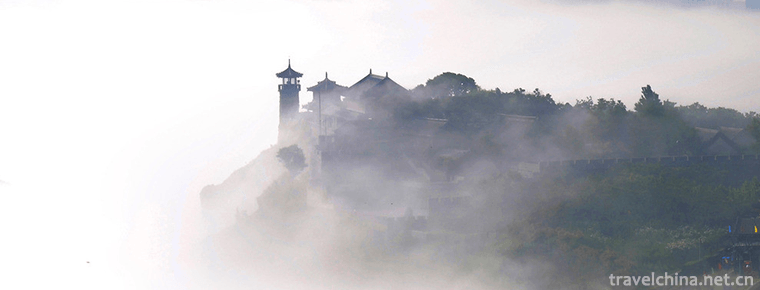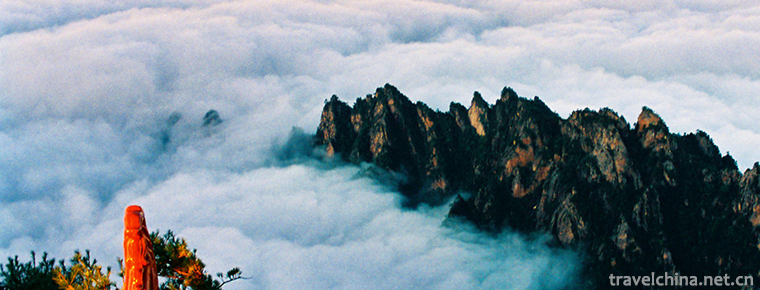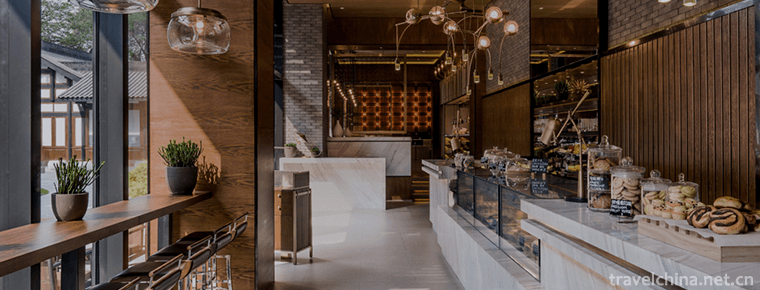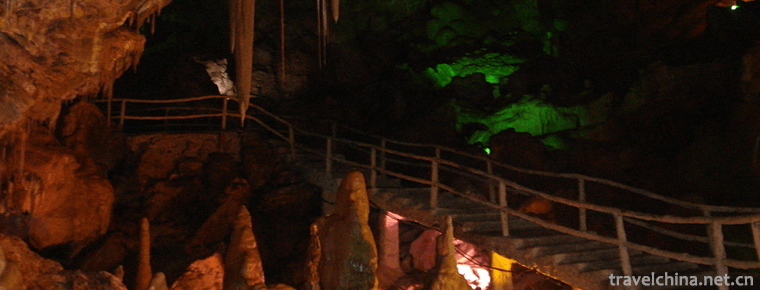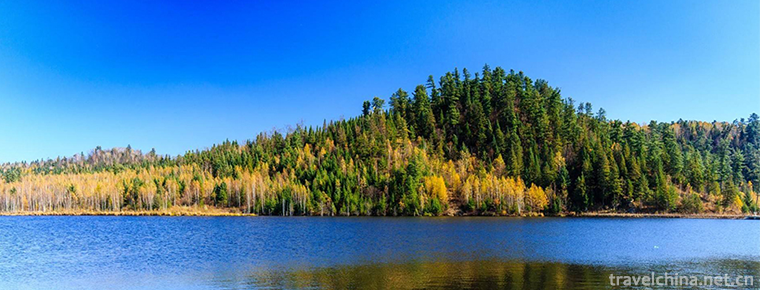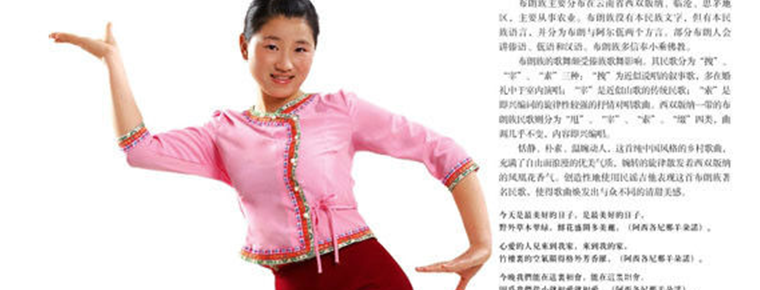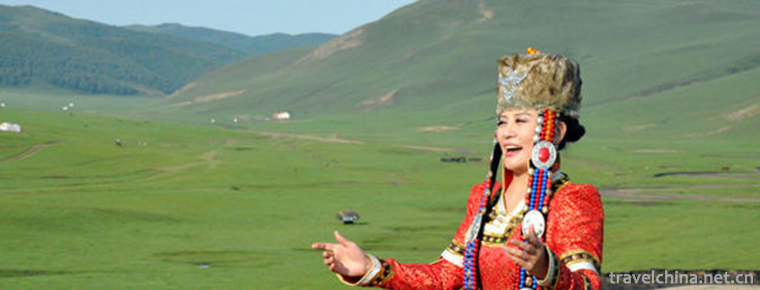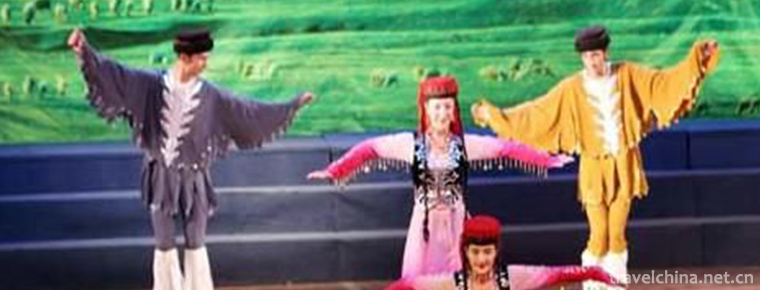Lotus in Wenzhou
Lotus in Wenzhou
Wenzhou lotus is a local opera evolved from Wenzhou Taoism, and it is also one of the main operas in Zhejiang Province. It has spread to Wenzhou (including the counties under its jurisdiction) and parts of Taizhou and Lishui. It is now on the verge of extinction.
On June 7, 2008, the "Wenzhou Lotus" jointly declared by Lucheng District and Yongjia County of Wenzhou City, Zhejiang Province, was listed in the second batch of national intangible cultural heritage list with the approval of the State Council. Heritage serial number: 777 V-84.
historical origin
Wenzhou lotus is a kind of melody evolved from Wenzhou Taoist sentiment. It has spread to Wenzhou (including the counties under its jurisdiction) and parts of Taizhou and Lishui. It is one of the main kinds of music in our province. Among them, there are "big lotus", "small lotus", "counterpart lotus", "talking and singing lotus". In the 1950s, artists created "accompanying lotus". Wenzhou lotus blossoms flourished in the late Qing Dynasty and the early Republic of China. The curtain is set on the streets and alleys... The temples of the palaces are tumultuous. Around the streets and lanes, there are incense cases, describing the lyrics of Lotus Flowers. A large number of famous artists have also appeared. In the 1950s, under the influence of Zhu Cuiyue, a famous female artist, lotus blossoms were popular in Wenzhou.
There are more than 50 traditional long bibliographies of Lotus in Wenzhou. Subjects related to Buddhism and Taoism are more secular stories and folklores, especially the unique bibliographies of Gaoji and Wu Sanchun, Huang Sanyi and Lin Baolang, Liu Wenlong, Shuangjiangdu, Giving Gold Medal and Jiuqu Umbrella, which took place in Wenzhou and its vicinity.
As an excellent traditional folk art, lotus flower in Wenzhou is widely spread, and is well known to women and children in southern Zhejiang. It is mainly distributed in Nanxi River basin, Lucheng, Yueqing and other places, which are famous for its beautiful water, rocky rocks, waterfalls, ancient villages and beautiful beaches. Its predecessor is Tao Qing, but it still retains Tao Qing singing tune. "Jiajing Zhejiang Tongzhi" records that "the king of Shidong Ou believed in ghosts, so Dongou believed in ghost music words more." "Yongjia Hear and See Music" contains: "King Ou of the past, believe in his ghost wind,... There are often rap and singing voices in every alley. Wenzhou lotus has a long history, and the prosperity of its singing can also be seen here.
artistic characteristics
The reason why Wenzhou lotus is popular among the people is that it has its own remarkable characteristics. One is that lotus artists can sing "Sheng, Dan, Master and Servant" of a play, which determines that an artist should have a variety of skills in theatrical performance. And can use literature, music, action, expression, etc. to shape the image of the characters, with the environment, scenes as a foil, has its own unique personality. Secondly, Wenzhou lotus has a long history of inheritance, at least from the recorded King of Dongou, which lasted more than 2,000 years; thirdly, the content of the words is rich, involving many areas of customs and customs; fourthly, the musical instrument is simple, the only love tube, only a pair of Yin and Yang boards.
In the past, at Temple fairs, Buddhist birthdays, fairs, children's birthday celebrations to Zhou and the elderly, lotus artists were said to wear Taoist robes and scarves to perform on stage. It requires at least two people, one singer and one receiver. Wenzhou lotus singing is divided into "sitting on stage" and "row street". In temples, ancestral temples or tea houses and restaurants, the performers are "sitting on the stage". "Paijie" means to sing. Two artists go from house to house, one beats the love tube and one hits the Yin and Yang boards to sing. The basic tunes are Daoist sinus, lotus sinus, small lotus, big lotus, counterpart lotus, sad tune, adagio, allegro, laminate, Phoenix tail, etc. Various tunes are always interlaced around them. Although the structure and content of each paragraph are different, they share the same basic structure and law. That is, Tao Qing Dou and Lianhua Dou run through the whole poem and become a complete structure.
Current situation of inheritance
Fortunately, this year, Wenzhou Lotus has successively obtained the list of intangible cultural heritage protection at the provincial, municipal and county levels. Zhejiang Provincial Department of Culture also declared it to the Ministry of Culture as a national intangible cultural heritage protection project. Relevant departments have also taken rescue and protection measures for this excellent folk opera. Among them, there are "big lotus", "small lotus", "counterpart lotus", "talking and singing lotus". In the 1950s, artists created "accompanying lotus". Wenzhou lotus blossoms flourished in the late Qing Dynasty and the early Republic of China. The curtain is set on the streets and alleys... The temples of the palaces are tumultuous. Around the streets and lanes, there are incense cases, describing the lyrics of Lotus Flowers. A large number of famous artists have also appeared. In the 1950s, under the influence of Zhu Cuiyue, a famous female artist, lotus blossoms were popular in Wenzhou. There are more than 50 traditional long bibliographies of Lotus in Wenzhou. Subjects related to Buddhism and Taoism are more secular stories and folklores, especially the unique bibliographies of Gaoji and Wu Sanchun, Huang Sanyi and Lin Baolang, Liu Wenlong, Shuangjiangdu, Giving Gold Medal and Jiuqu Umbrella, which took place in Wenzhou and its vicinity. Wenzhou Lotus's singing music also has its own characteristics, especially the singing method of each sentence with the help of tune is very rare, which is very similar to Taozhen's singing method described in Ruian Gao Zecheng's Pipa Record in Ming Dynasty. Only six actors, Dai Chunlan (female, born in 1944), Pan Aiguo (born in 1945), Ye Haiqin (female, born in 1963), Lin Caiqin (female, born in 1965), Pan Peili (female, born in 1972) and Pan Beibei (born in 1974), are still present in Wenzhou, with few performances and endangered songs.
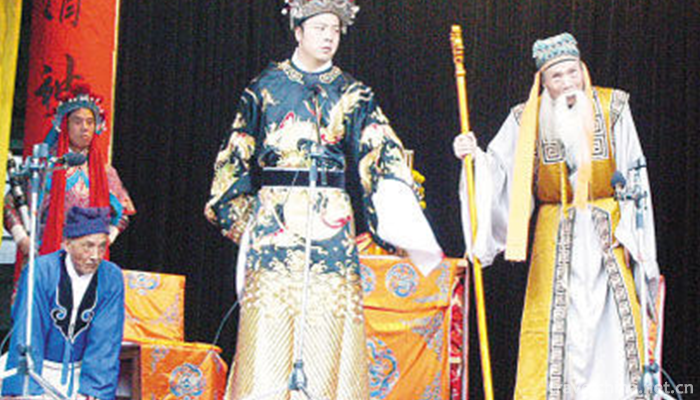
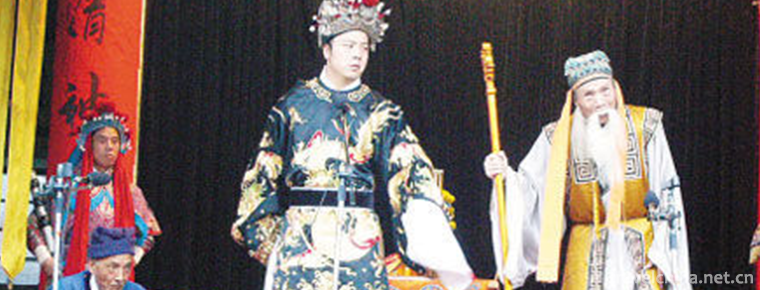
Lotus in Wenzhou
-
The Mutianyu Great Wall
The Mutianyu Great Wall in Beijing is located in Huairou District of Beijing, 73 kilometers from the urban area of Beijing. With a long history and splendid culture
Views: 147 Time 2018-11-24 -
Penglaige tourist area
Penglaige Scenic Area, located in Danya Mountain, northwest of Penglai City, Shandong Province, is a national AAAAA-level tourist attraction with an area of 18,500 square meters
Views: 121 Time 2018-12-08 -
Old boundary ridge of Funiu Mountain
Laojieling is located in the north of Xixia County, Nanyang City, Henan Province. It is located in the upper part of the south slope of Funiu Mountain
Views: 148 Time 2018-12-09 -
The Temple House Bo she Hotel
Located in Chengdu, the Bosch is a luxury hotel with a unique style, which combines the beauty of traditional and modern design. The shape design is charming and energetic, reflecting the city's legen
Views: 293 Time 2018-12-16 -
Wanxiang Karst Cave
Vientiane Cave, the national AAAA-level tourist attractions, provincial geological parks, provincial scenic spots and provincial cultural relics protection units
Views: 152 Time 2018-12-17 -
Wuying National Forest Park
Wuying National Forest Park is located in Wuying District, Yichun City, Heilongjiang Province, about 19 kilometers away from the urban area. It is a concentrated protected area of Korean pine in China
Views: 307 Time 2018-12-22 -
Browns Folk Songs
The folk songs of the Browns are rich in content and many melodies. Every time they get married, move to a new house, celebrate New Year's Day or work, young people
Views: 182 Time 2019-04-04 -
Mongolian Long tune Folk Songs
Mongolian long-tune Mongolian is called "Uri Tudao", which means long song. It is characterized by fewer words, long-lasting, soothing and free, suitable for narration, and longer lyric.
Views: 212 Time 2019-06-04 -
Tajik Eagle Dance
Tajik Eagle Dance, a folk traditional dance in Tashkurgan Tajik Autonomous County of Xinjiang Uygur Autonomous Region, is one of the national intangible cultural heritage.
Views: 261 Time 2019-06-17 -
And then I met him 66 Hu Tik Tok Songs 2020 Hot Songs
Hey, do you still think of me Like I cry sometimes at night I was so happy that I thought you were the end To give you everything Time is always disobedient and starts to play dumb
Views: 505 Time 2020-05-21 -
Daheishan Forest Park
Daheishan Forest Park is located in Wuben Township, Renhe District, Panzhihua City, Sichuan Province. From the center of Panzhihua bingcaogang River Panshan 58 kilometers, through Guaziping, Lanjian mine and Wuben township.
Views: 89 Time 2020-10-15 -
Leshan economy
In 2019, Leshan's GDP will reach 186.331 billion yuan, an increase of 7.6% over the previous year in terms of comparable prices. The industrial value increased by 24.288 billion yuan, with an increase of 24.288 billion yuan in the first value, and the second
Views: 361 Time 2020-12-17
